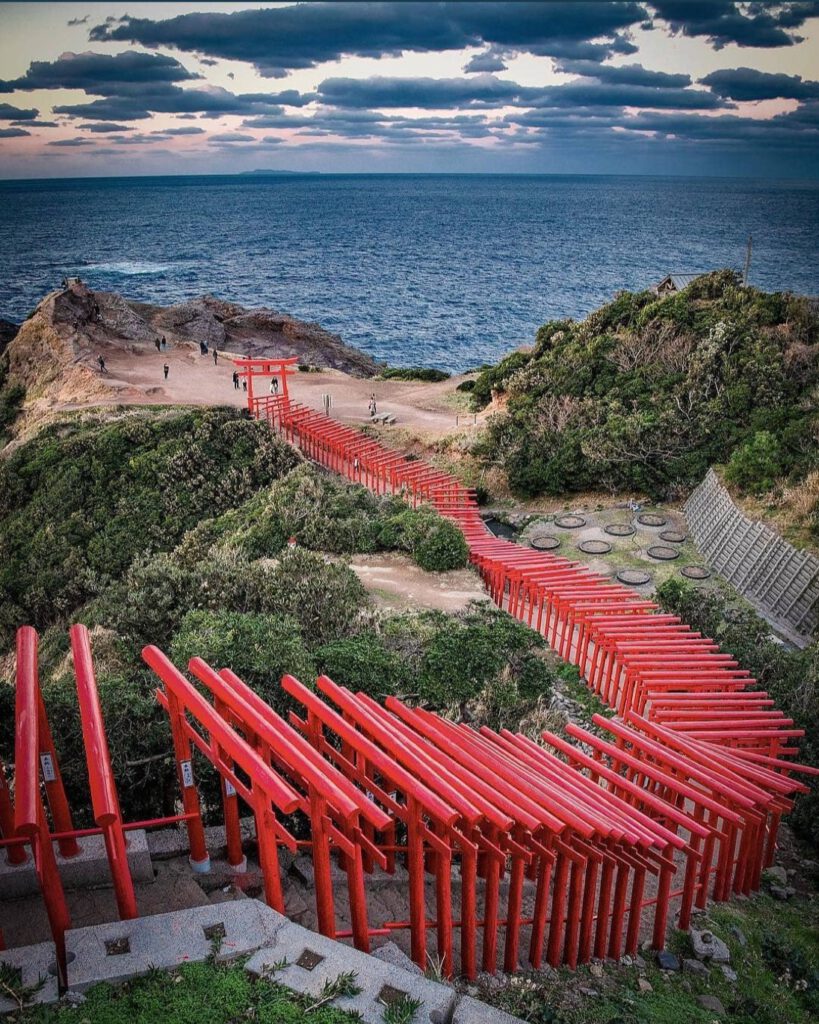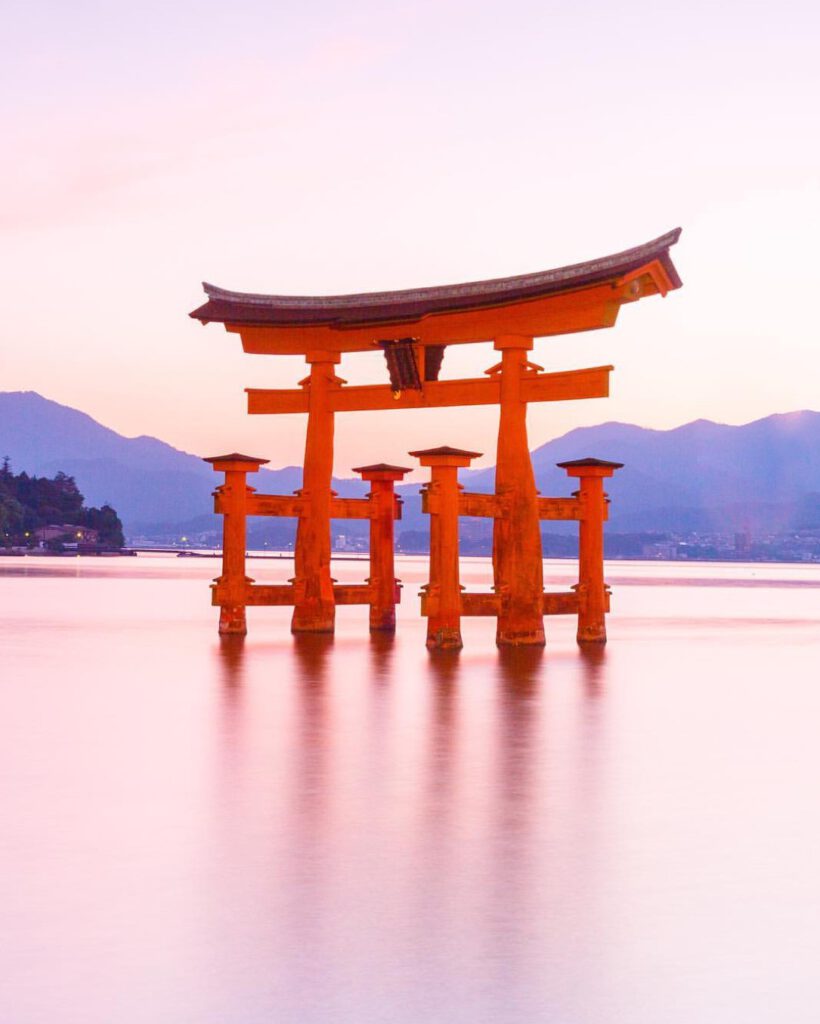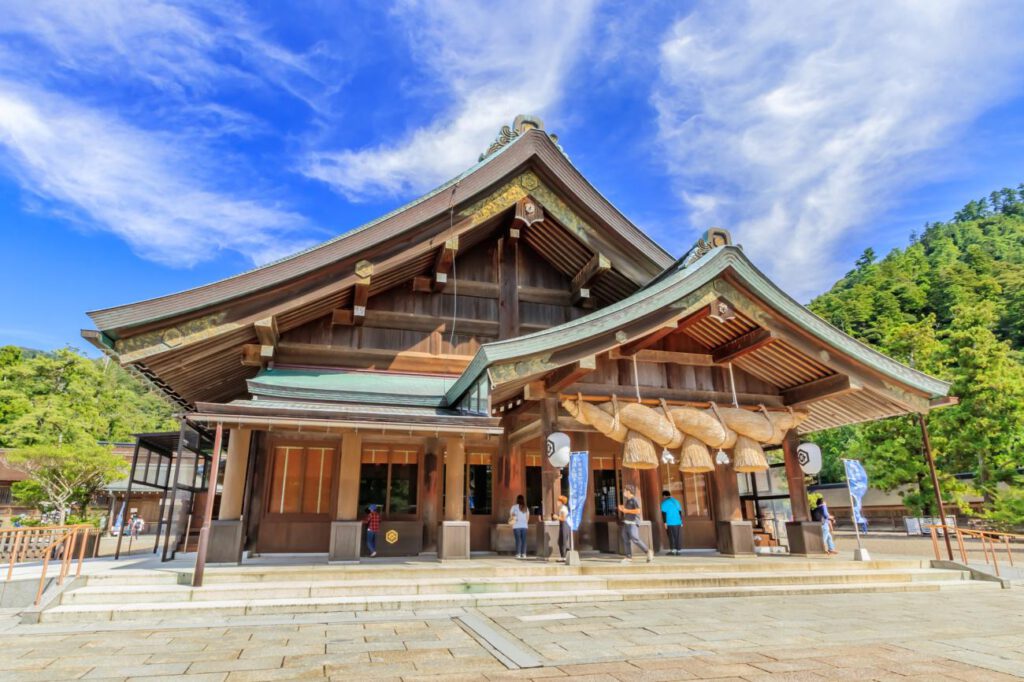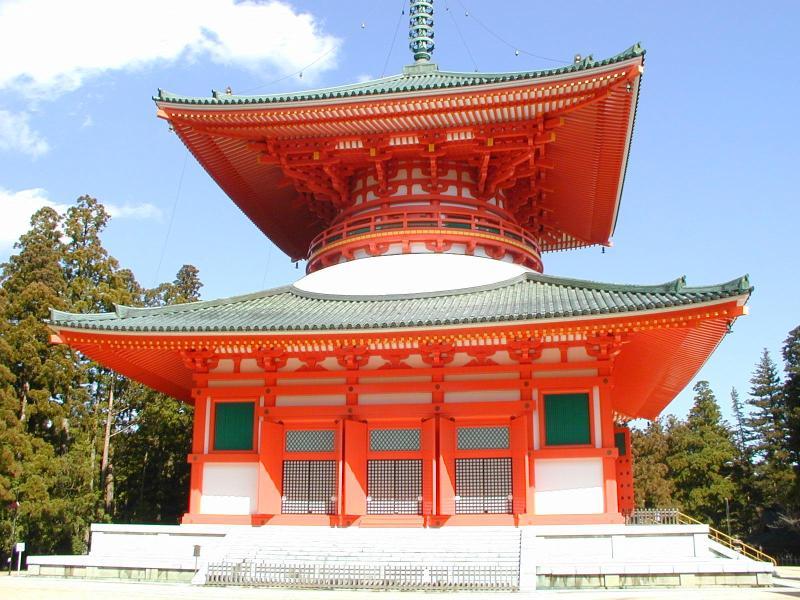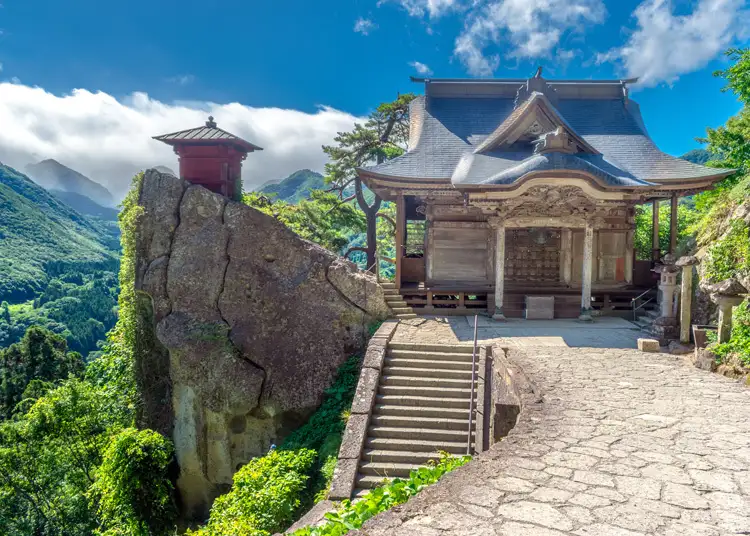Explore Must see places
Japan is a country where ancient traditions blend seamlessly with modern innovations, creating a landscape filled with remarkable landmarks. From centuries-old castles and sacred shrines to breathtaking natural wonders, each destination offers a unique experience.
Whether you’re drawn to the historic charm of ancient temples, the natural splendor of Mount Fuji, or the beauty of iconic torii gates and temples, this page will guide you through Japan’s most iconic landmarks. Explore Must-See Towns that are just as essential to your journey as the major cities, and uncover hidden gems and cultural treasures waiting to be discovered.
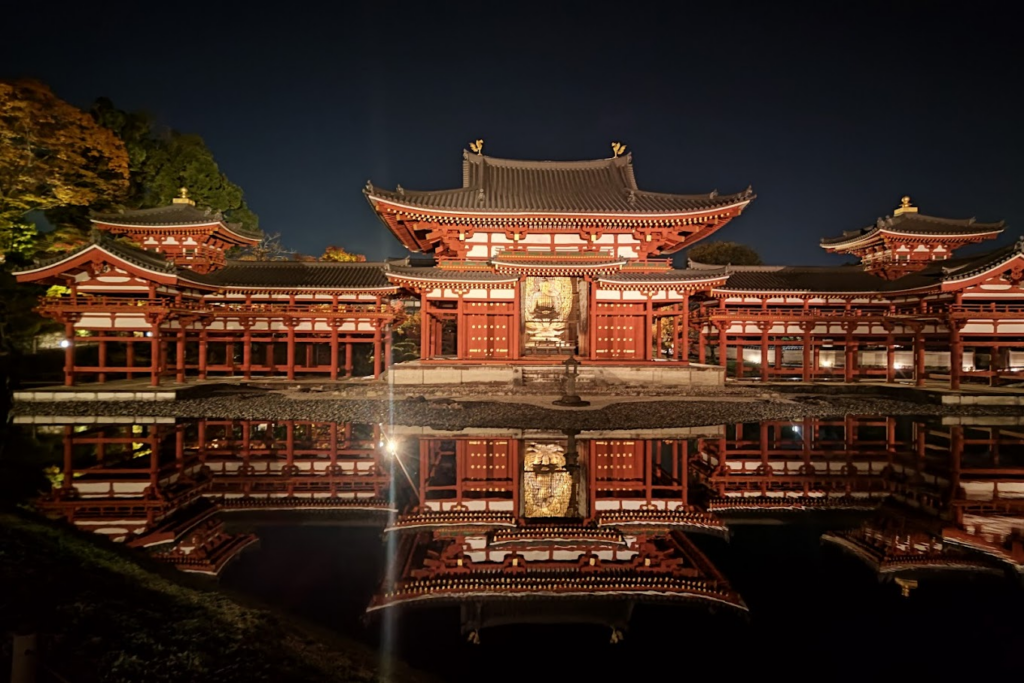
Discover Japan’s Must-See Places :
Japan is filled with breathtaking destinations that showcase its rich history, diverse landscapes, and spiritual heritage. Whether you’re a culture enthusiast, nature lover, or history buff, these must-see places will leave you in awe.
Explore the highlights:
Must-See Towns – Discover charming towns like Shirakawago, Kanazawa, and Takayama, where time-honored traditions are still part of daily life.
Historical & Cultural Landmarks – Walk through samurai streets, explore ancient castles, and admire preserved temples that reveal Japan’s rich past.
Natural Wonders – Be amazed by majestic mountains, volcanic valleys, serene lakes, and scenic coastlines.
Spiritual & Religious Sites – Visit sacred shrines, pilgrimage routes, and temples that have inspired devotion for centuries.
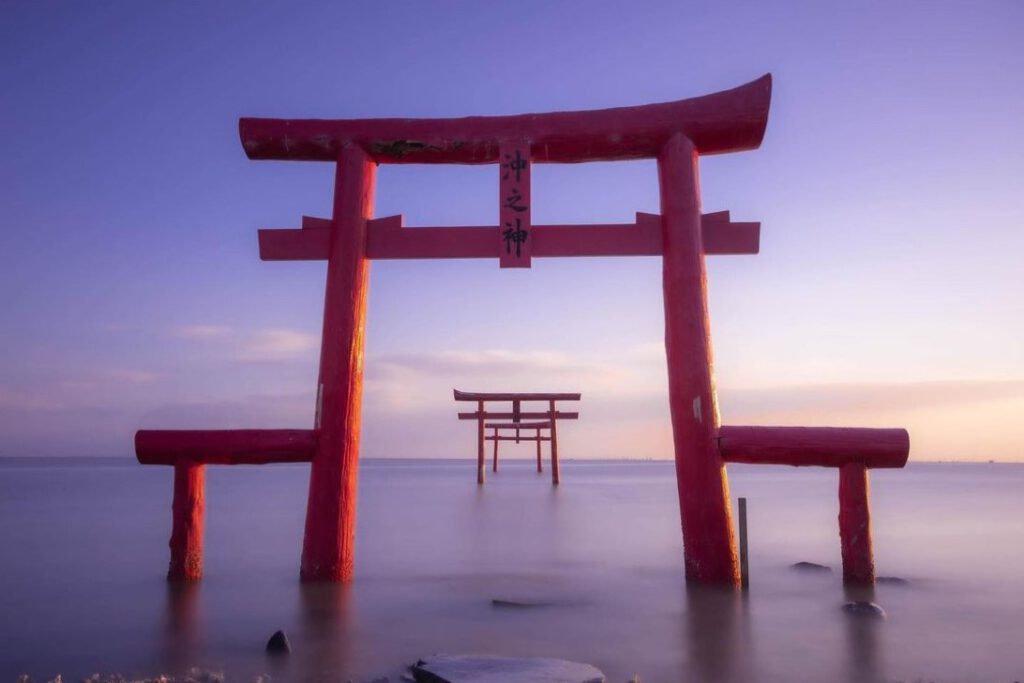
Must see towns
Step into the timeless charm of Japan’s most iconic towns. These destinations offer a glimpse into traditional life with beautifully preserved architecture, local crafts, and deep cultural roots. Whether nestled in the mountains or along the coast, each town is a journey back in time.
Discover tea houses, historical streets, and seasonal festivals that bring these places to life beyond the big cities.
Some of the most beloved towns include:
Magome – A picturesque post town along the old Nakasendo trail, ideal for hikers and history lovers.
Takayama – A mountain town known for its preserved Edo-period streets and spring/fall festivals.
Kanazawa – Home to one of Japan’s most beautiful gardens and a historic samurai district.
Nikko – A spiritual town with ornate shrines set in lush forests.
Kurashiki – Famous for its canal district and white-walled merchant houses.
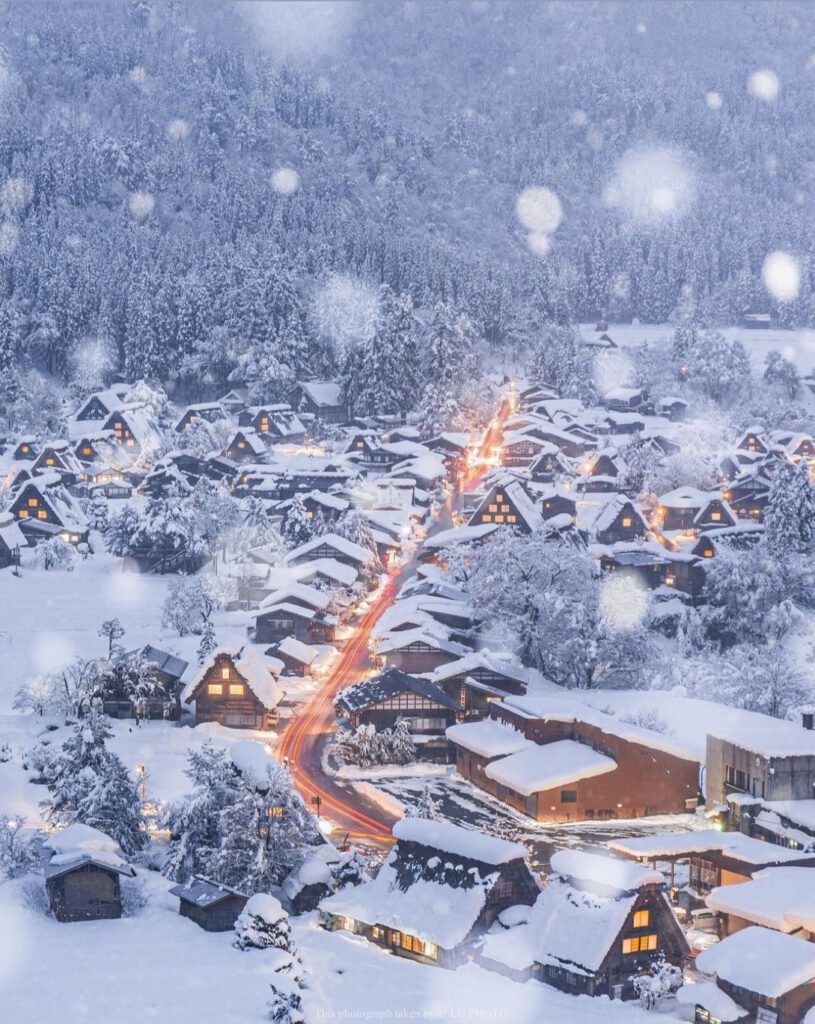
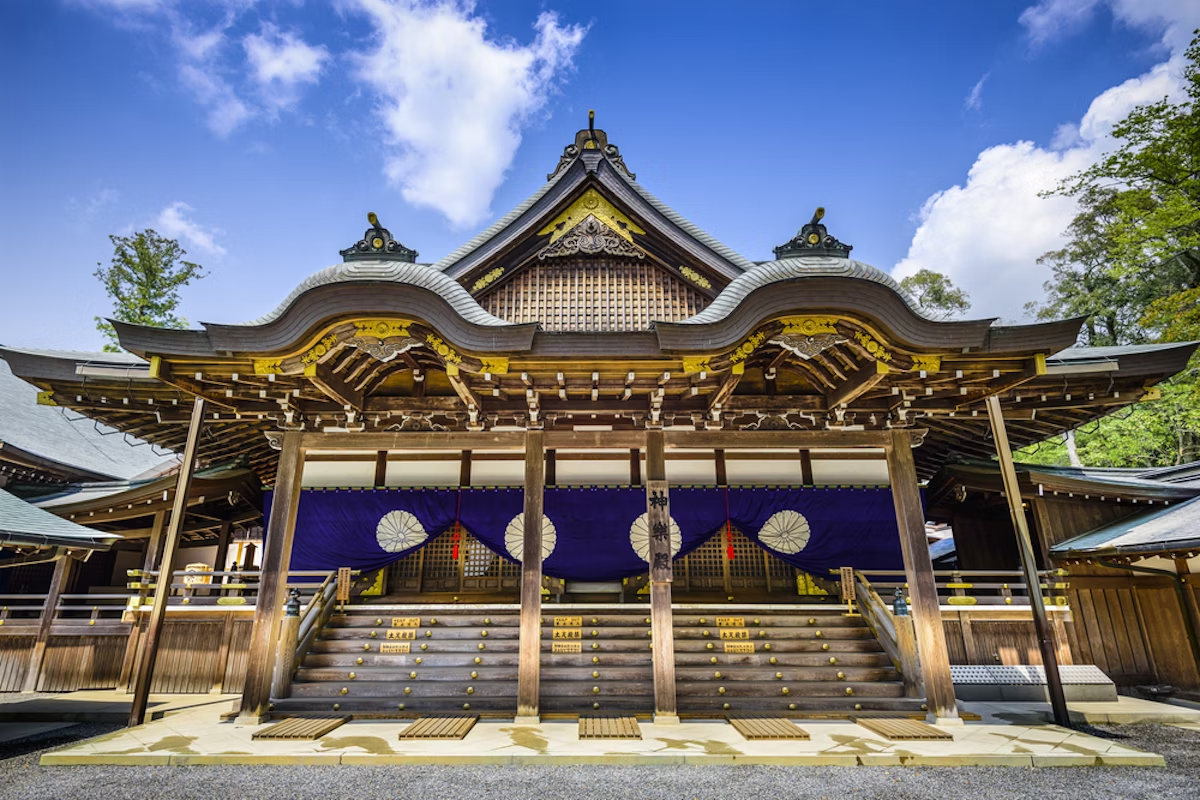
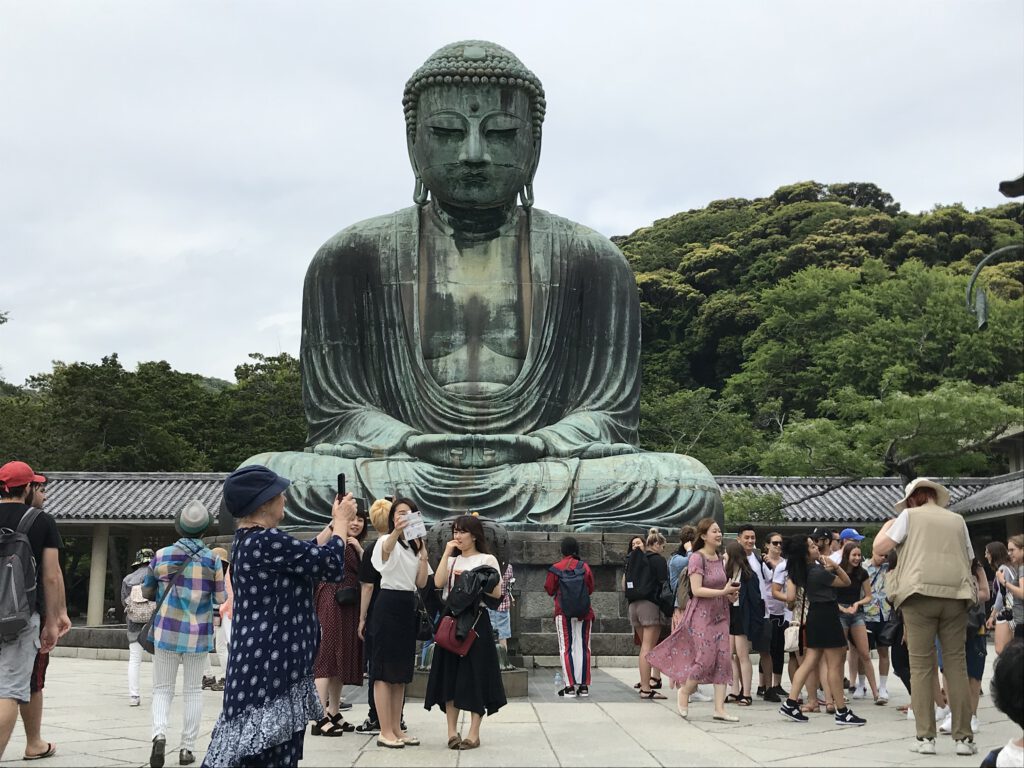
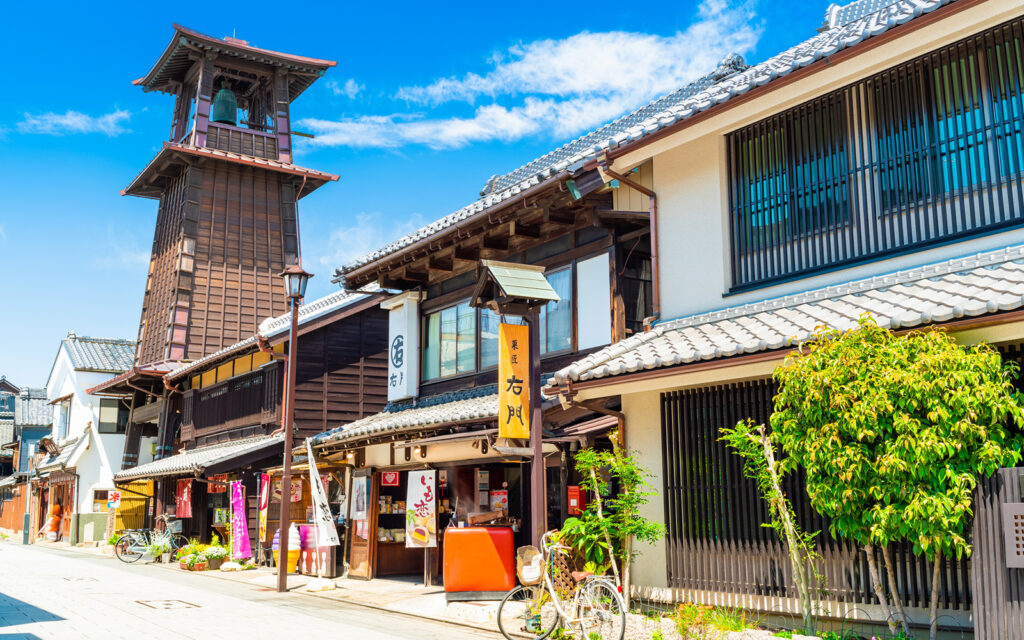

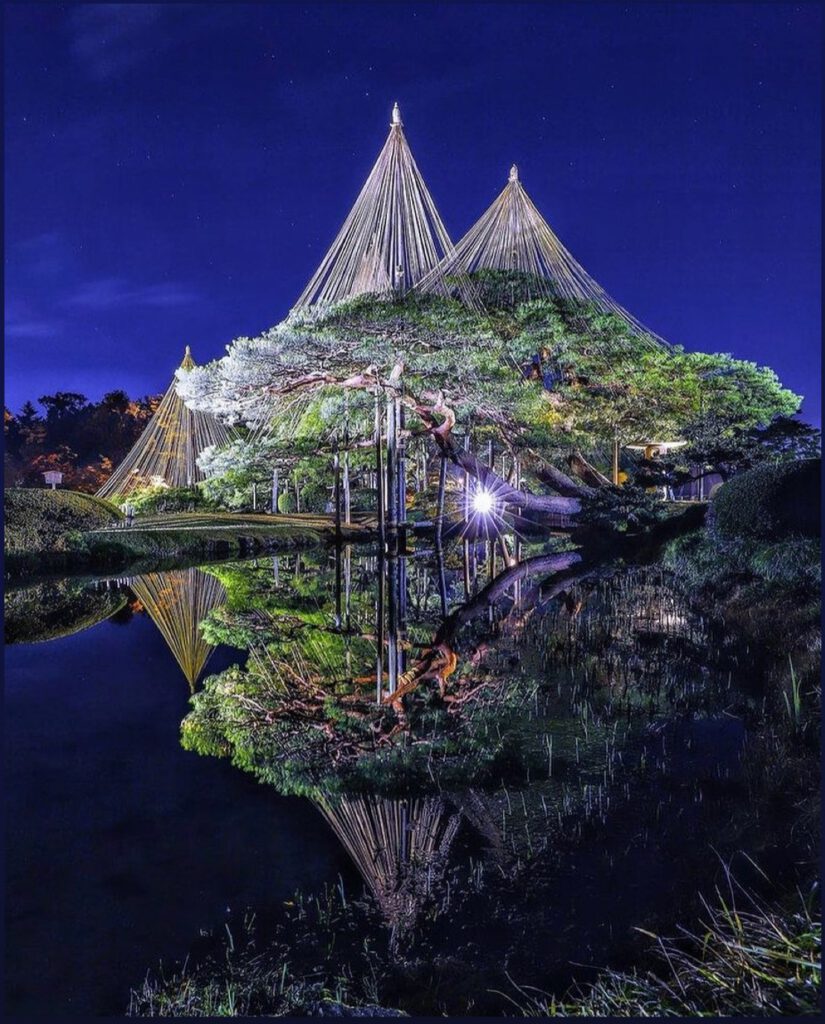
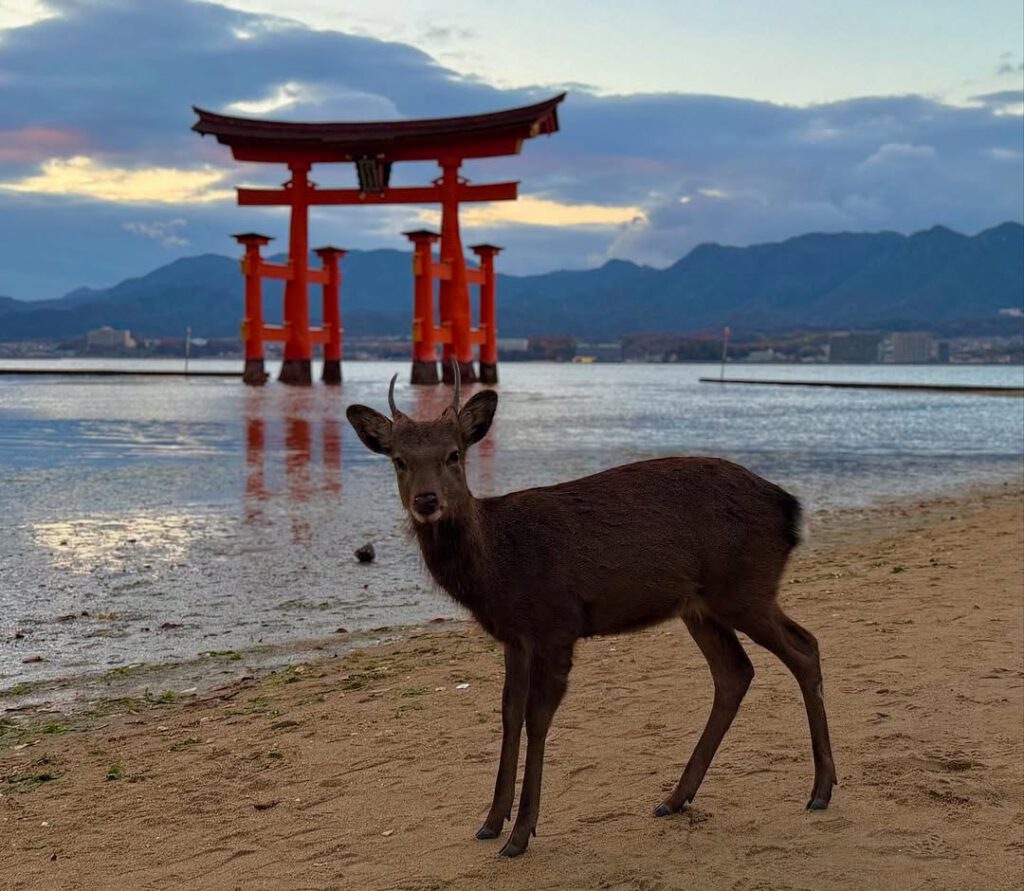

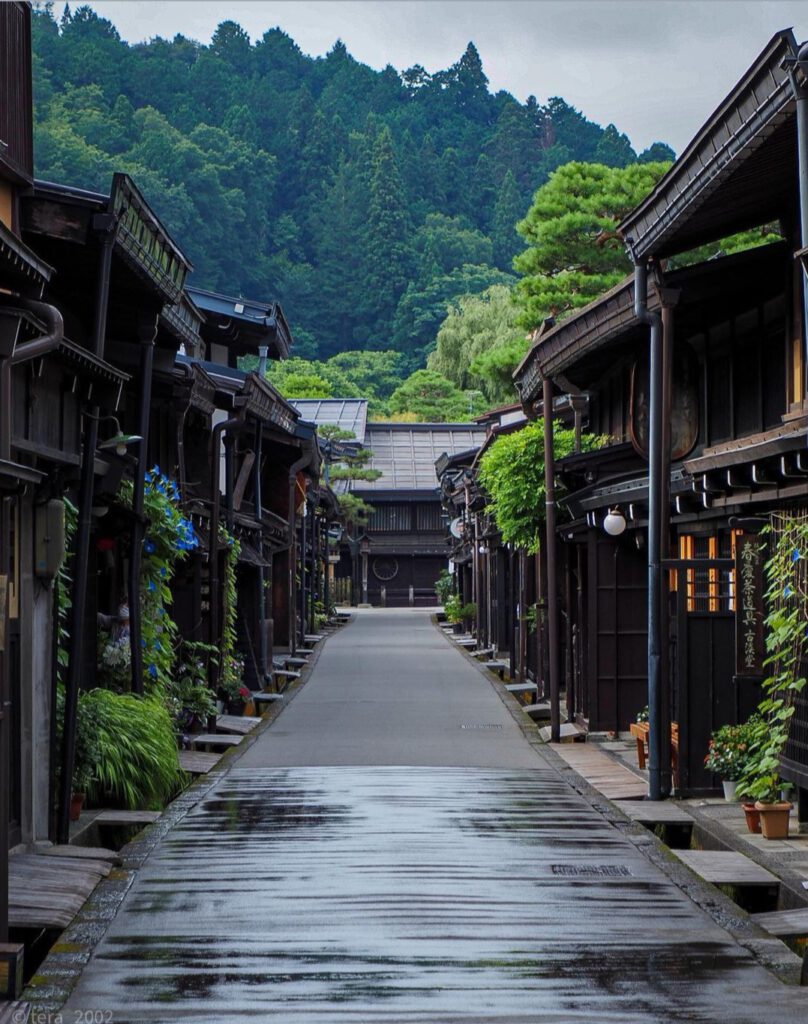
Historic & Cultural Landmarks
Japan’s history lives on in its castles, samurai districts, and centuries-old temples and shrines. These landmarks tell stories of feudal lords, artisans, and spiritual traditions that shaped the nation’s identity.
Wander through UNESCO sites and legendary battle grounds, and let the echoes of history enrich your journey.
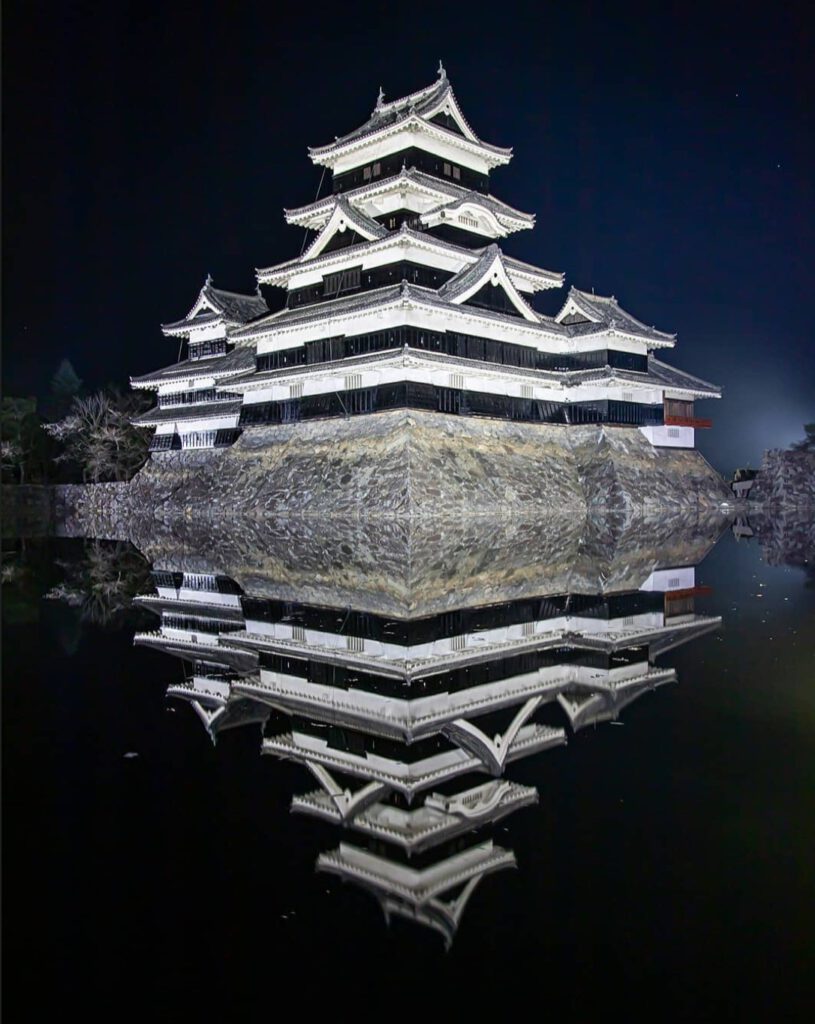

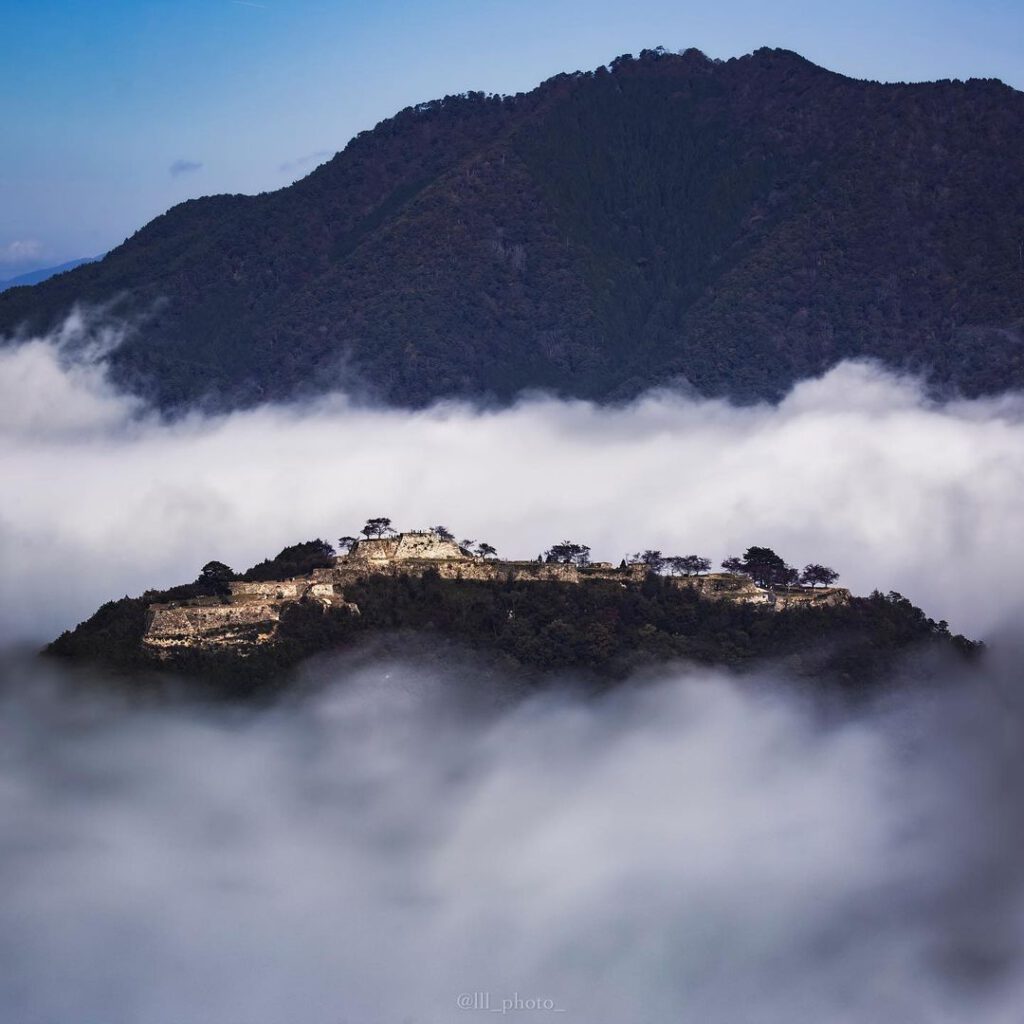
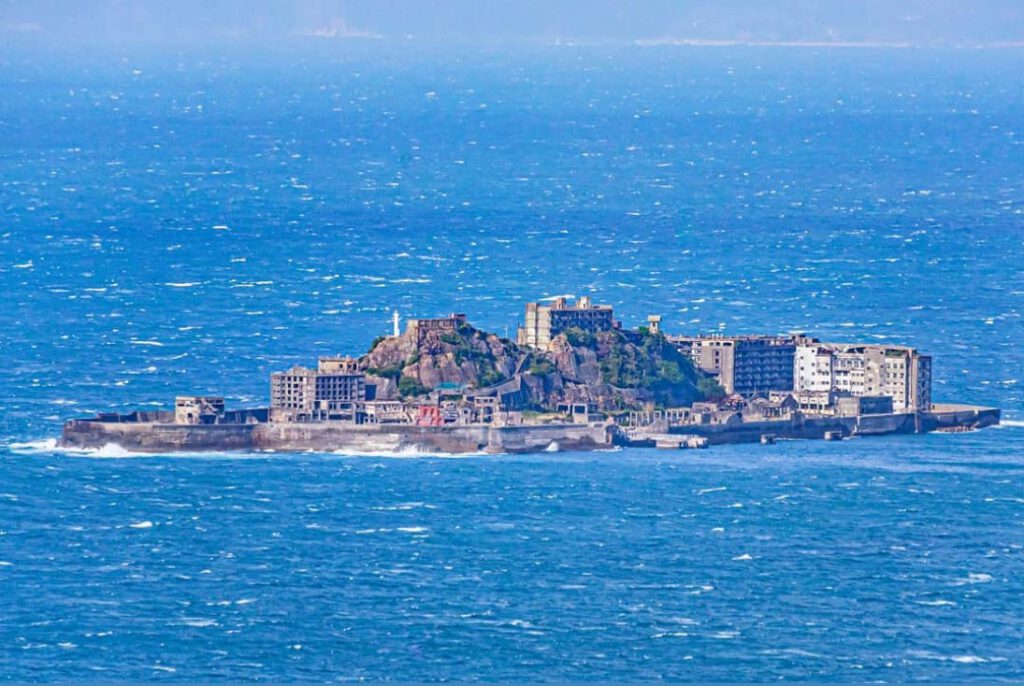
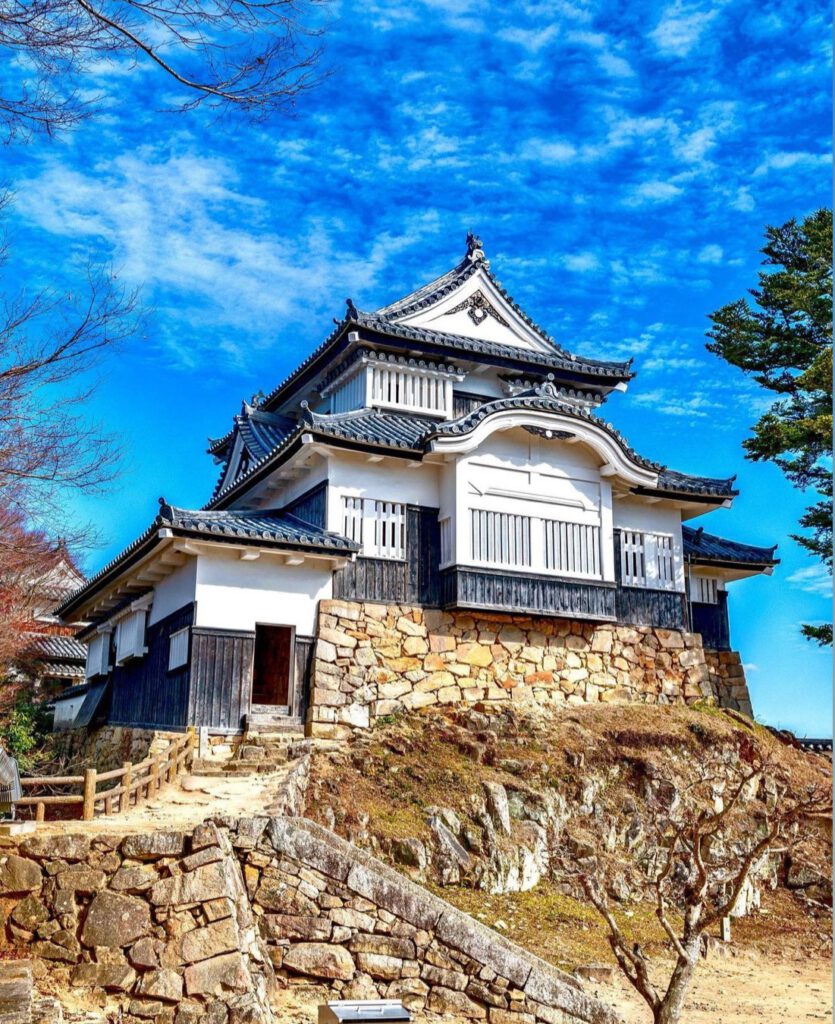
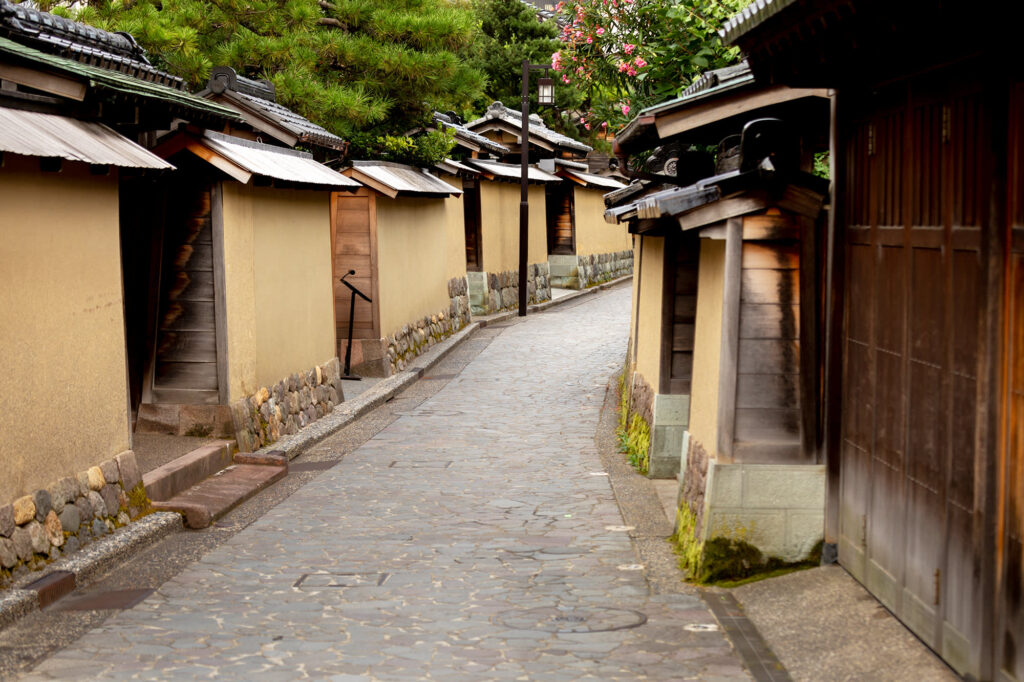



Natural Wonders
Natural Wonders in Japan showcase the country’s stunning landscapes, from majestic mountains and lush forests to crystal-clear lakes and rugged coastlines. These breathtaking natural sites are a testament to Japan’s diverse geography, offering visitors the chance to immerse themselves in the country’s raw beauty. Whether it’s hiking to the top of Mount Fuji, soaking in the hot springs of Hakone, or exploring the tranquil beauty of the Ogasawara Islands, Japan’s natural wonders provide a peaceful escape and an opportunity to reconnect with the environment.



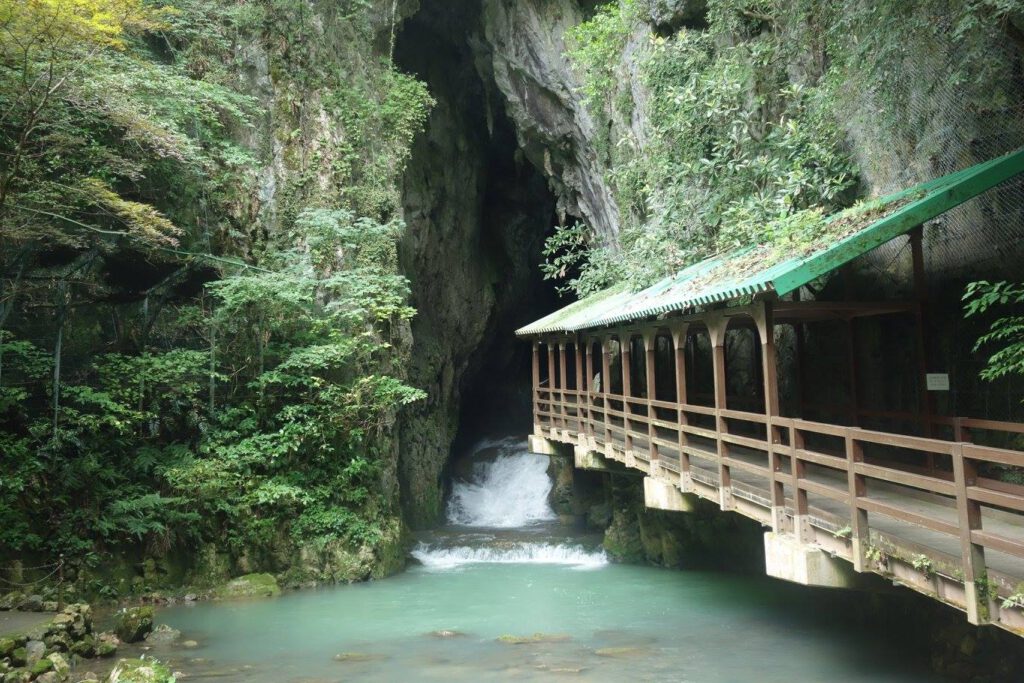
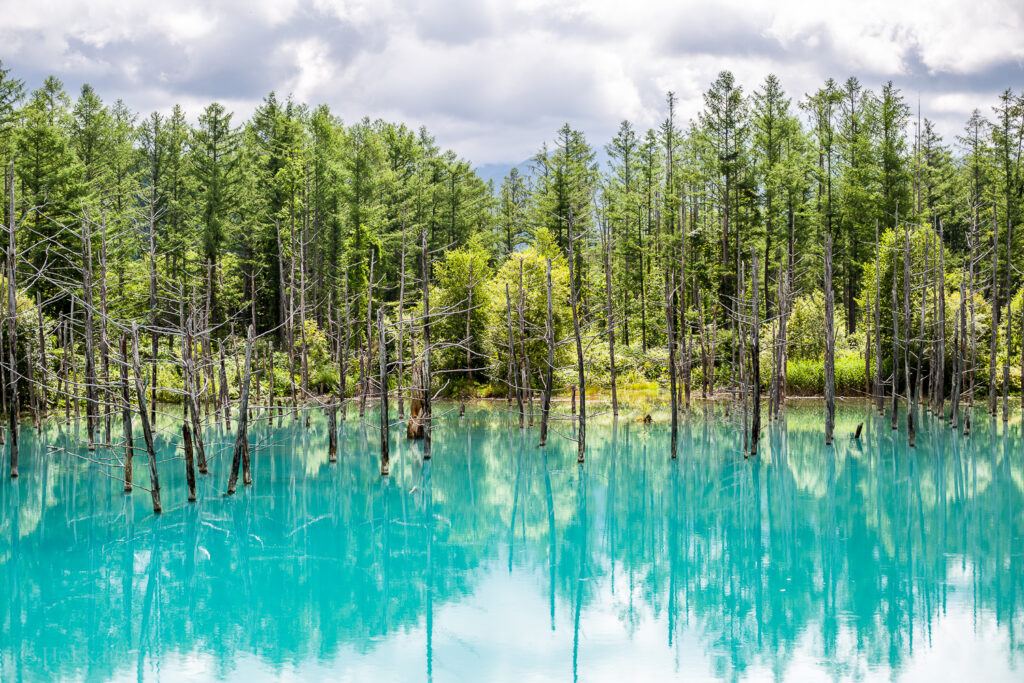
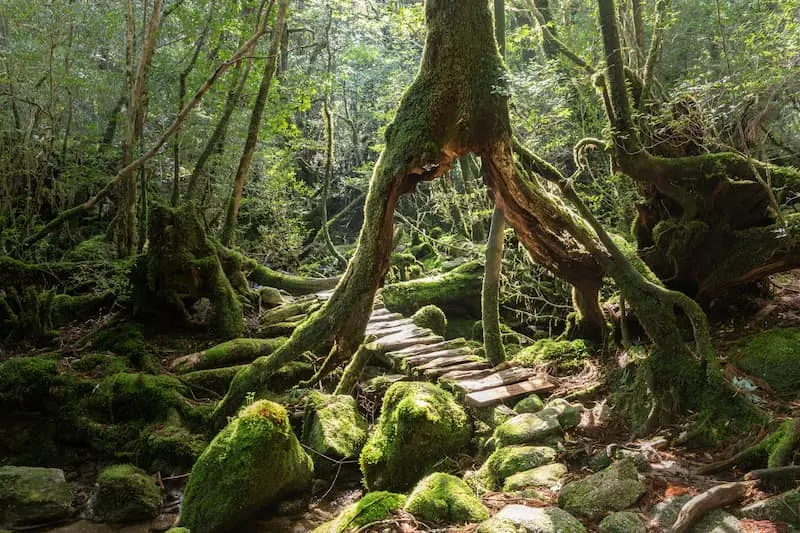
Spiritual & Religious Sites
Spiritual & Religious Sites in Japan are deeply rooted in the country’s rich cultural and historical heritage. These sites, ranging from serene temples and tranquil shrines to sacred mountains and ancient burial grounds, offer visitors a chance to connect with Japan’s spiritual traditions. They reflect the harmony between nature, architecture, and the teachings of Buddhism, Shintoism, and other spiritual practices. Visiting these sites not only provides insight into Japan’s religious history but also offers a peaceful retreat to reflect, meditate, and experience the tranquility of the Japanese spirit.
